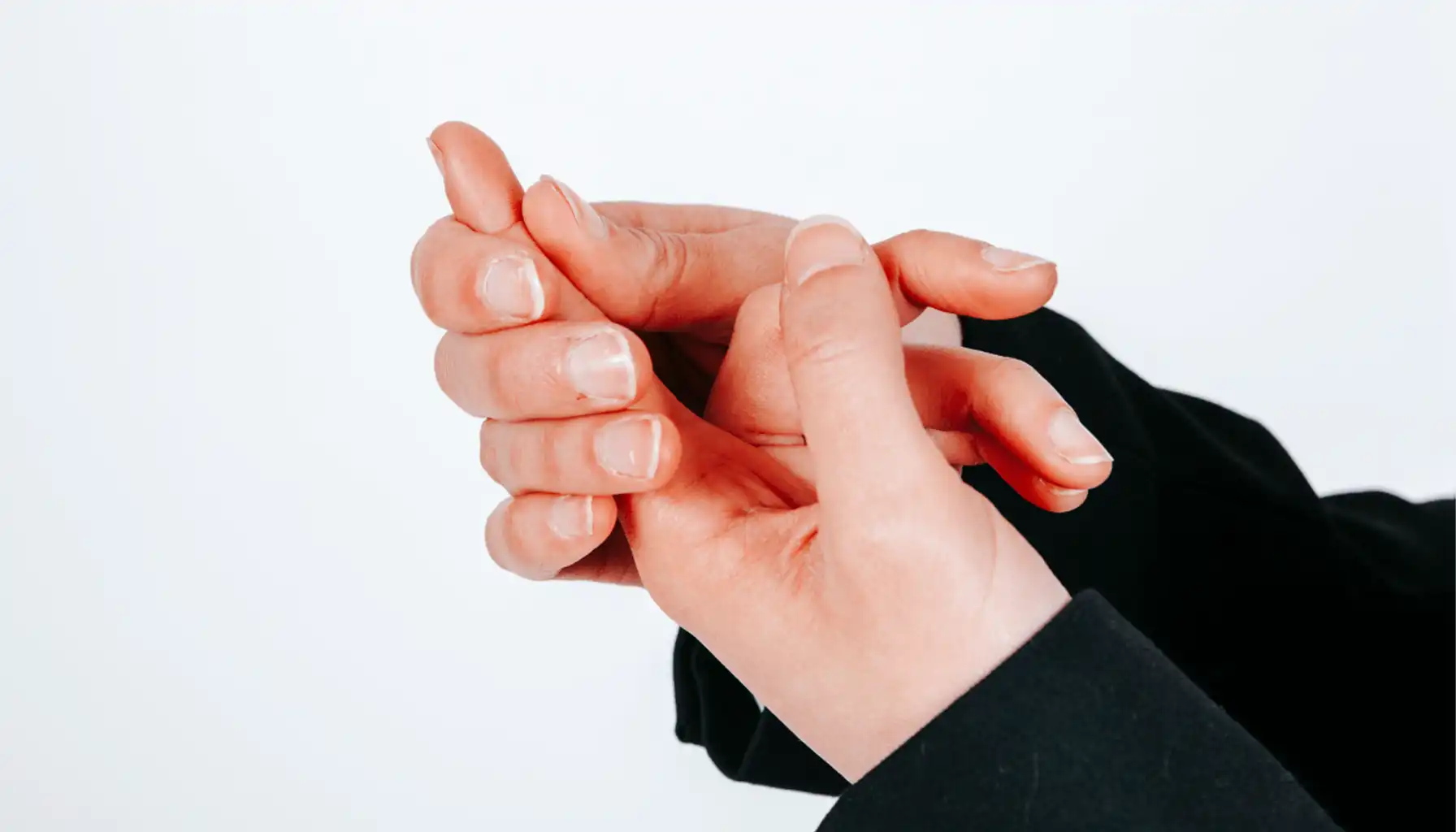What Is Agoraphobia? Definition, Causes, and How to Treat

Contents:
“There is nothing like staying at home for real comfort…” But the degree of comfort experienced at home can vary greatly. For those who aspire to rest in a secure place, the desire for security may turn into an overwhelming idea that crossing the boundaries of the perceived safety feels impossible to do. This spot is a bunker, a temporary refuge for an anxious soul.
Agoraphobia, i.e., an anxiety disorder that consists in intense fear of unfamiliar, unsafe, inescapable environments, often traps one in self-imposed confinement that can persist for years. But it is never about deliberate solitude or comfort, but pain, isolation, and self-destructive behavior that keep individuals far away from their own kind.
Let us briefly cover the clinical agoraphobia definition, its symptoms, and a few brain training techniques that may help one regain freedom and boost quality of life for good.

Definition and Diagnostic Criteria
To think be outside the box, to know every inch of the space around, to leave – the struggle of facing an overpowering fear that confines one’s world to a limited perimeter can be detrimental. So as to define agoraphobia, let us refer to DSM-5, i.e., Diagnostic and Statistical Manual of Mental Disorders, Fifth Edition. According to the manual, agoraphobia is an anxiety disorder that can be characterized by an inexplicable fear of unfamiliar spots and the need to escape the safe zone in general.
Although it is mainly about open spaces, public transportation, or crowded places, the fear may approach even when outside the home alone. The disorder, on its part, involves complete avoidance of such environments, which inevitably leads to significant impairment in social, cultural, or occupational functioning.
Diagnostic criteria require the presence of anxiety symptoms directly connected to these feared situations, with the fear being disproportionate to the actual danger posed (there should be no objective reason whatsoever). Symptoms typically persist for six months or longer and cause clinically significant distress.
See also: A Child of a Narcissistic Parent: Signs, Scars, and Recovery
Agoraphobia Symptoms and Clinical Presentation
The symptoms of agoraphobia can be quite confusing, since certain conditions may signal different impairments or even normal responses to potentially dangerous situations. Nevertheless, agoraphobia-affected people typically experience a persistent fear that leads to avoidance of various environments and, thus, limited social interactions and dysfunctional behavior in general.
Category | Symptoms | Description |
Physical Symptoms |
| Bodily reactions linked to anxiety or panic episodes |
Psychological Symptoms |
| Mental and emotional responses to feared situations |
Behavioral Symptoms |
| Actions taken to avoid or minimize exposure to feared environments |
Sensory Processing Issues |
| Difficulties in integrating sensory input, especially related to spatial orientation and balance |
Note: Please do not attempt to diagnose yourself or others. If you or someone you know is experiencing symptoms related to anxiety or avoidance, it is important to seek evaluation and guidance from qualified healthcare professionals or licensed mental health specialists on time.
Causes and Risk Factors
What causes agoraphobia? Just like any other disorder, agoraphobia can be influenced by a number of genetic, environmental, neurobiological, and psychological factors.
As per Harris EL et al, “Family study of agoraphobia. Report of a pilot study” (Arch Gen Psychiatry, 1983), this dysfunction often runs in families, presupposing that there should be a hereditary component that predisposes particular individuals to heightened anxiety responses. As for the environmental reasons, one may be unfortunate to face traumatic or stressful triggers, e.g., loss of a loved one or a violent encounter.
Researchers also emphasize the importance of neurobiological factors like vestibular dysfunction and sensory integration challenges that can contribute to the difficulty in processing spatial information, which may intensify the fear response in certain settings. What is more, it can be exacerbated by substance use, e.g., chronic consumption of benzodiazepines, alcohol, and tobacco.
Nevertheless, the reasons can be surprising enough and, hence, hard to observe on time. Special care is the key.

Agoraphobia Treatment Approaches: Preliminary Doctor Examination Needed!
Disclaimer: The following content provides a general overview of potential treatment for agoraphobia is not intended as medical advice or a prescription. This article is for informational purposes only and should not replace professional diagnosis or guidance from a qualified healthcare provider.
Life can be much easier when it is not affected by phobias and unnecessary prejudices. However, one needs enough time to heal, patience to work on it, and courage to accept the condition. Before starting any form of treatment, one should consult a healthcare specialist to undergo a thorough medical and psychological evaluation. The initial assessment should indicate the severity of the impairment, confirm the diagnosis, and check the potential risk factors in the first place.
The preliminary examination usually involves:
Detailed medical history review, which includes onset, frequency, and triggers of symptoms, as well as personal and family history of genetic anxiety or mood disorders.
Physical examination to detect or exclude physiological causes.
Psychological evaluation to measure the severity and impact of symptoms.
Analysis of medication and substance use to identify any agents that may contribute to symptom development or its worsening.
Related article: Natural Supplements to Treat ADHD: What Parents Should Know

So, how to treat agoraphobia properly? In most cases, it is reasonable to opt for a multimodal approach and combine therapies administered by healthcare specialists with complementary methods that can be introduced by modifying the lifestyle. These include:
Cognitive Behavioral Therapy (CBT): The gold standard of therapy that helps those who suffer identify and challenge irrational fears to finally expose these people to feared situations in a controlled and supportive manner.
Pharmacotherapy: Agoraphobia medications such as selective serotonin reuptake inhibitors (SSRIs) or, in specific cases, short-term use of anxiolytics. Note that any type of medication should always be monitored due to possible side effects and dependence risks.
Vestibular rehabilitation: For patients with confirmed vestibular dysfunction, this can be a decent solution that should improve spatial orientation and reduce disorientation in triggering environments.
Lifestyle interventions: Stress management techniques, regular physical activity, balanced nutrition, adequate sleep, mindfulness meditations, brain training*, and even more.
For Those Who Want a Calmer, Sharper Mind

Managing anxiety-related conditions can be difficult and mentally draining. Apart from professional guidance, this also requires consistent development on the psychological level. One of the easiest ways is to use dedicated apps like Mind Elevate to do mental exercises daily, without breaking the habit and going far from your phone.
Mind Elevate is an innovative application that offers 35+ interactive games grouped into categories such as memory, attention and concentration, logic, mathematics, and musical perception. Upon first use, it conducts an assessment to identify cognitive strengths and areas for improvement, taking into account the user’s personal profile, goals, and preferences.
Your mind can learn, adapt, and heal. Never underestimate its strength and live your life to the fullest.





